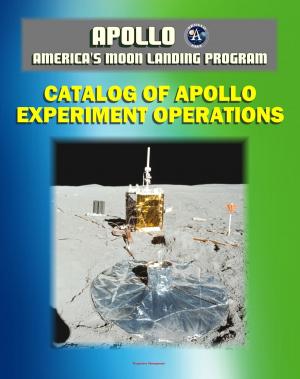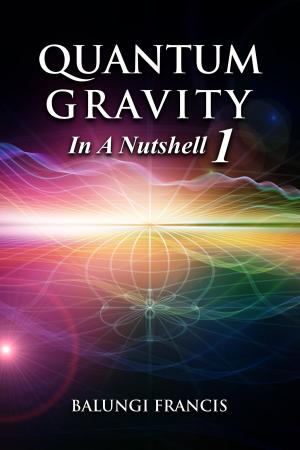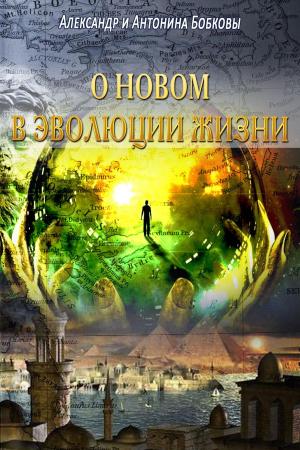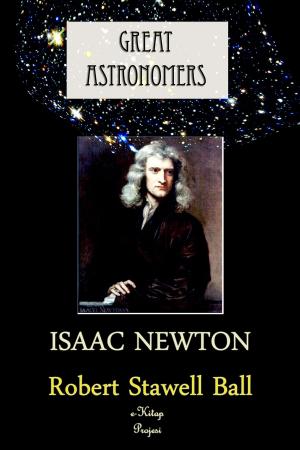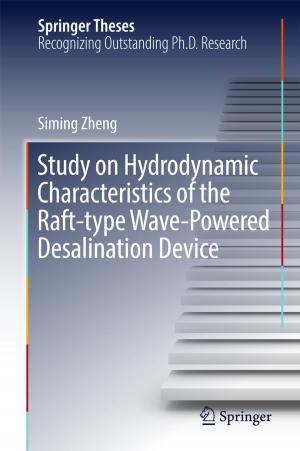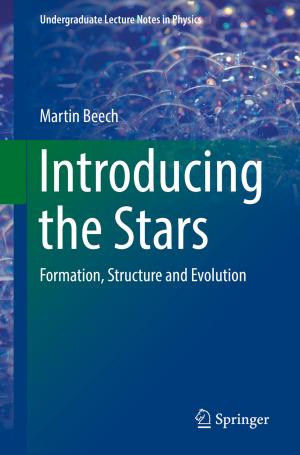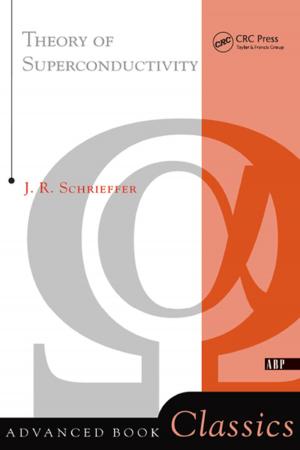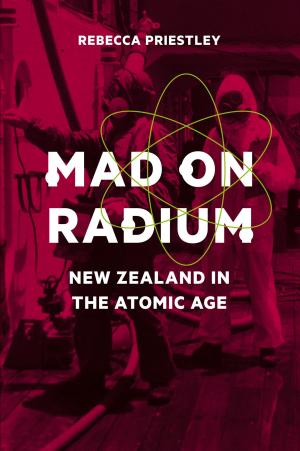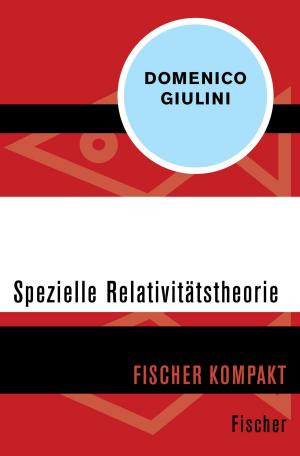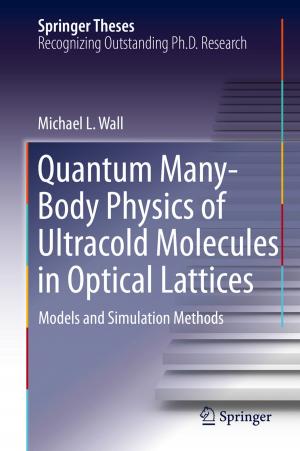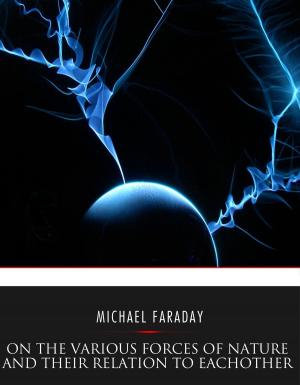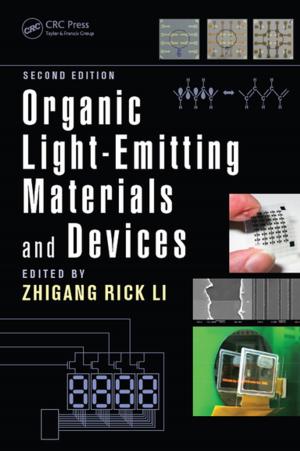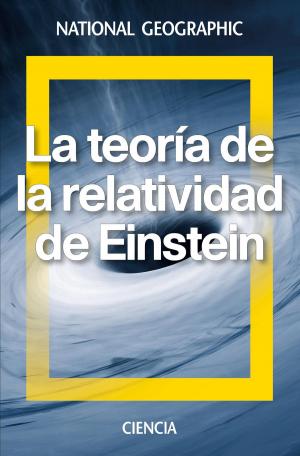| Author: | abdul tresh | ISBN: | 9780956504418 |
| Publisher: | A.R.T. Consultancy Limited | Publication: | July 22, 2014 |
| Imprint: | Language: | English |
| Author: | abdul tresh |
| ISBN: | 9780956504418 |
| Publisher: | A.R.T. Consultancy Limited |
| Publication: | July 22, 2014 |
| Imprint: | |
| Language: | English |
The book is about a medium of discrete elements that permeate all space giving rise to physical reality. However, it is not about new physics. To the contrary, it enforces all major current theories, for they are all interpretable in terms of the behaviour and mechanics of the proposed fabric of space, which makes them much easier to comprehend. Thus, unlike our current understanding of physical reality, in both classical and quantum mechanics, in which fundamental quantities such as mass, energy, electric charge, etc., are indescribable in any physical terms, the book describes all such quantities in detail, in terms of the elements of the proposed medium. As such, the author transgresses the taboo on picturing atoms and subatomic particles. A taboo which has existed ever since Bohr’s model of the atom failed to live up to expectation following failure of Thomson’s Plumb Pudding model. Removing ambiguities surrounding the nature and the structure of matter particles enables the mind to easily picture and model physical reality at all levels.
Four of the book’s five chapters are devoted to exploring the likely properties of a fabric of space that could give rise to matter and energy. The book begins by investigating the properties of space, matter, time and energy and their apparent relationships in some simple terms. It then turns to defining thermodynamic systems and highlights anomalies in our understanding of matter as a thermodynamics system and of its entropy at the level of individual matter particles and at the level of the Universe as a whole.
Exploring the relationship between physical reality and mathematics reveals the reality behind complex numbers and the nature of their imaginary parts. It also reveals the reality of irrational numbers and most importantly that of [π]. The author’s evidence in support of his argument concerning those numbers does not involve more than basic mathematics. Emphasis is placed on establishing a link between physical reality and mathematics in order to give the argument for the existence of the proposed medium the weight of the mathematical evidence that it deserves.
The final chapter starts by considering reasons behind failures to detect Ether at the turn of the twentieth century. It then considers the nature of light, energy in general and mass respectively and in some detail before it introduces a new hypothesis, which defines the fabric of space and outlines the nature of energy and mass. Based upon the hypothesis, all properties of matter are defined in terms of the mechanics of the elements of the fabric of space and the exposed background vacuum. In agreement with the string theory, the structure of matter particles derived from the hypothesis reveals a requirement for seven extra dimensions tucked inside matter particles. Accordingly, eleven space-time dimensions are needed to define the topography and dynamics of any matter particle.
About The Author
Abdul Tresh is a structural engineer living and working in the Southeast of England. He has diverse academic background in Engineering and in Management. He holds academic qualifications in Mechanical Engineering, Naval Architecture & Ocean Engineering and In Civil Engineering Structures to an MSc degree level and an MA degree in Management. He attended South Kent College of Technology, now known as the K College, the University of Glasgow, the University of Kent and City University, London. He worked for consultants, contractors and developers as an engineer and as a project manager. Since the middle of 2008, he has devoted most of his time to research in physics. He has written a series books in physics of which this is the first to be published.
The book is about a medium of discrete elements that permeate all space giving rise to physical reality. However, it is not about new physics. To the contrary, it enforces all major current theories, for they are all interpretable in terms of the behaviour and mechanics of the proposed fabric of space, which makes them much easier to comprehend. Thus, unlike our current understanding of physical reality, in both classical and quantum mechanics, in which fundamental quantities such as mass, energy, electric charge, etc., are indescribable in any physical terms, the book describes all such quantities in detail, in terms of the elements of the proposed medium. As such, the author transgresses the taboo on picturing atoms and subatomic particles. A taboo which has existed ever since Bohr’s model of the atom failed to live up to expectation following failure of Thomson’s Plumb Pudding model. Removing ambiguities surrounding the nature and the structure of matter particles enables the mind to easily picture and model physical reality at all levels.
Four of the book’s five chapters are devoted to exploring the likely properties of a fabric of space that could give rise to matter and energy. The book begins by investigating the properties of space, matter, time and energy and their apparent relationships in some simple terms. It then turns to defining thermodynamic systems and highlights anomalies in our understanding of matter as a thermodynamics system and of its entropy at the level of individual matter particles and at the level of the Universe as a whole.
Exploring the relationship between physical reality and mathematics reveals the reality behind complex numbers and the nature of their imaginary parts. It also reveals the reality of irrational numbers and most importantly that of [π]. The author’s evidence in support of his argument concerning those numbers does not involve more than basic mathematics. Emphasis is placed on establishing a link between physical reality and mathematics in order to give the argument for the existence of the proposed medium the weight of the mathematical evidence that it deserves.
The final chapter starts by considering reasons behind failures to detect Ether at the turn of the twentieth century. It then considers the nature of light, energy in general and mass respectively and in some detail before it introduces a new hypothesis, which defines the fabric of space and outlines the nature of energy and mass. Based upon the hypothesis, all properties of matter are defined in terms of the mechanics of the elements of the fabric of space and the exposed background vacuum. In agreement with the string theory, the structure of matter particles derived from the hypothesis reveals a requirement for seven extra dimensions tucked inside matter particles. Accordingly, eleven space-time dimensions are needed to define the topography and dynamics of any matter particle.
About The Author
Abdul Tresh is a structural engineer living and working in the Southeast of England. He has diverse academic background in Engineering and in Management. He holds academic qualifications in Mechanical Engineering, Naval Architecture & Ocean Engineering and In Civil Engineering Structures to an MSc degree level and an MA degree in Management. He attended South Kent College of Technology, now known as the K College, the University of Glasgow, the University of Kent and City University, London. He worked for consultants, contractors and developers as an engineer and as a project manager. Since the middle of 2008, he has devoted most of his time to research in physics. He has written a series books in physics of which this is the first to be published.

